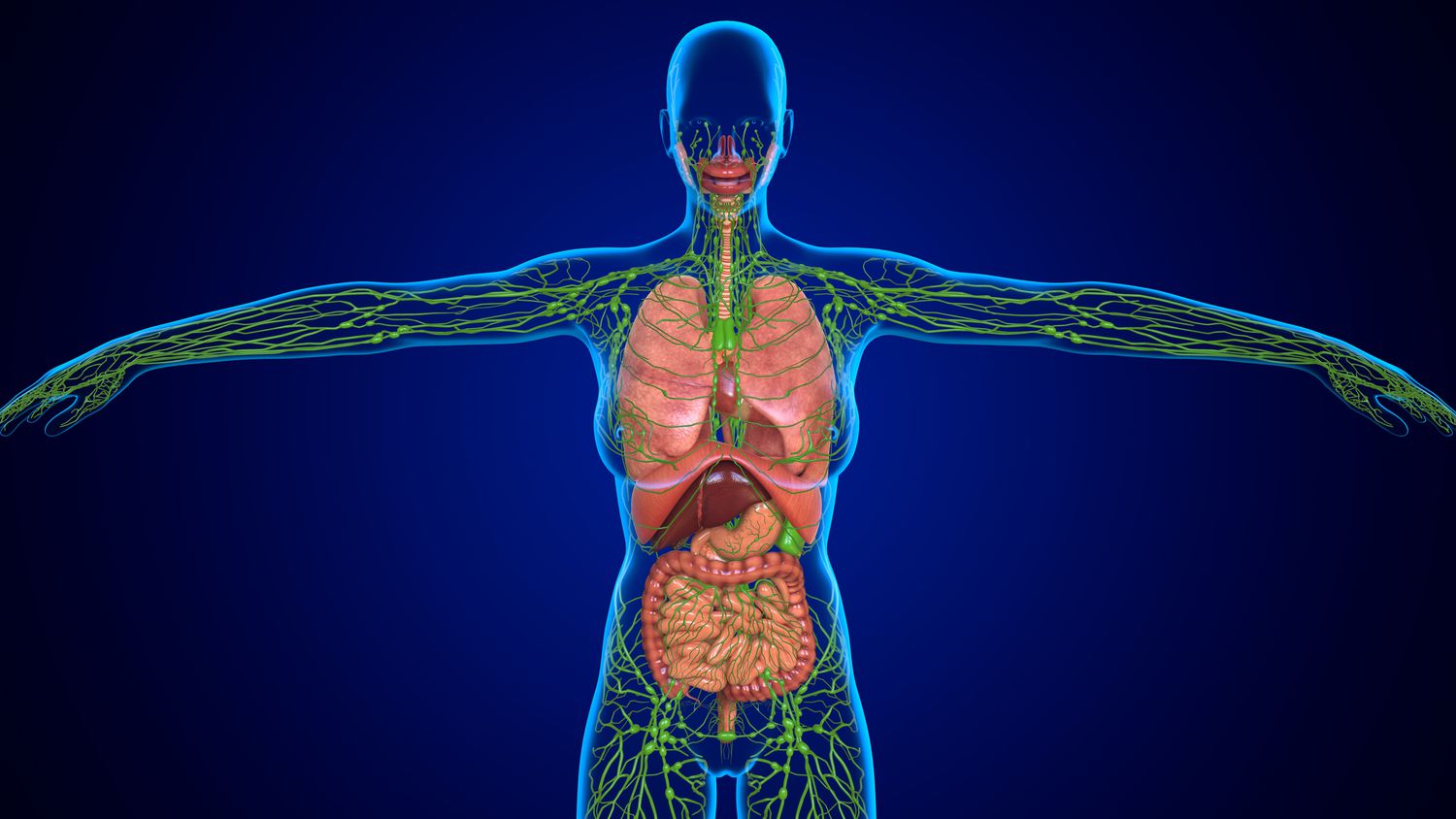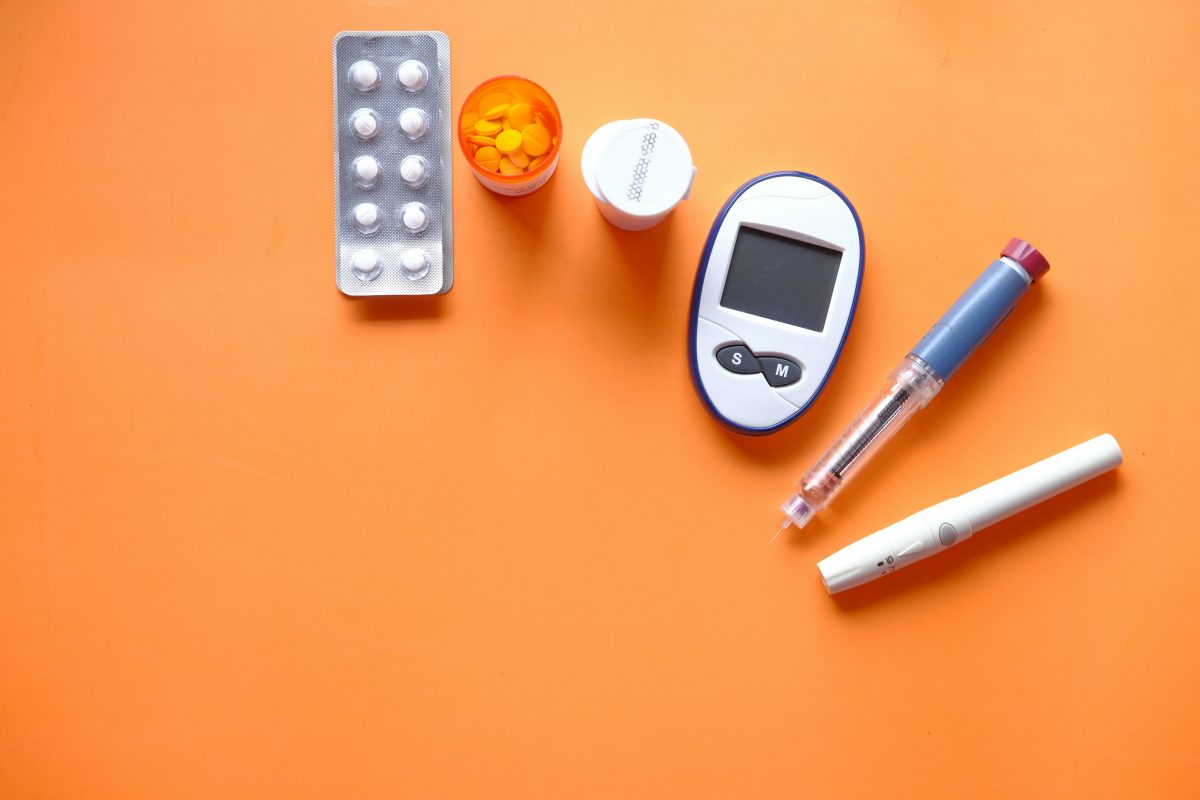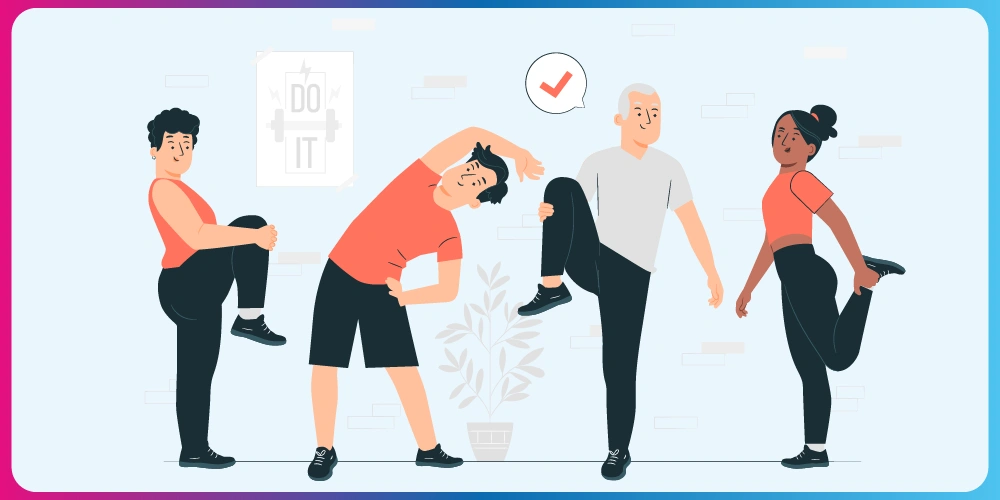
Our cells are always fighting invaders and pathogens in the background, without our active knowledge. We give a lot of importance to what we eat, how much we sleep, how we breathe, etc., but we still have a long way to go in understanding how our immune system works. Our immune system is crucial for our good health since it determines our strength from within to fight any inflammation (or infection) our bodies may encounter.
We all now understand the importance of the immune system since this topic caught the attention of many people during COVID-19. Let’s understand the lymphatic system better, which is a significant part of the immune system so that we can take good care of it.
What Exactly is the Lymphatic System?
We all know about the circulatory system that regulates the blood flow inside our bodies. But another parallel circulatory system exists within the body that carries non-blood fluids, called lymphatic fluids. This second circulatory system, also called the lymphatic system, consists of lymph nodes present all across our body. These nodes are the centers where all the fighting happens between the invaders and our army of soldiers (i.e., the white blood cells). The lymphatic fluid carries all the dead soldiers, or toxins, out of our bodies.

The entire lymphatic system, along with organs like the tonsils, the thymus gland, the spleen, and the appendix, work together to build immunity.
Move a lot for Good Lymphatic Health and Immunity
The blood circulation (also known as the cardiovascular system) and lymphatic circulation differ greatly. In the cardiovascular system, our heart pumps blood to maintain pressure and keep blood flowing through the arteries. However, the lymphatic system does not have a separate pump, which can put pressure on the body.
This is why movement is necessary when it comes to lymphatic health: “MOVEMENT IS MEDICINE.” When we move and engage our muscles, they act like pumps for the lymphatic fluid to flow all around the body. All the movements and exercises we do in our daily lives should engage most of our major muscles across the body. Our exercises should activate and engage all the different lymphatic nodes throughout our body and enable the lymphatic fluid to flow easily through them.
Connection between the Lymphatic System and Diabetes
Now that we know how the lymphatic system functions, let’s take a look at it in connection with diabetes.
- The emergence of neuropathy, or nerve damage, is one of the main effects of diabetes. The lymphatic system’s nerves may be impacted by this, which could result in more severe diseases.
- In addition to causing neuropathy, diabetes can also cause damage to the blood vessels that supply the lymphatic system. This can impair the system’s ability to remove waste products from the body, leading to a buildup of toxins and other harmful substances.
- Studies have also shown that people with diabetes have higher levels of inflammation in the body, which can further damage the lymphatic system. Chronic inflammation can lead to the formation of scar tissue, which can obstruct lymphatic vessels, impair their function, and cause further diabetes complications.
- Evidence suggests that insulin resistance, a hallmark of type 2 diabetes, may play a role in lymphatic dysfunction. It can lead to oxidative stress and inflammation. These processes can damage the lymphatic system and impair its ability to function properly.
- Lymphatic dysfunction promotes obesity. An improved lymphatic system inhibits the development of obesity and the resultant metabolic syndrome. Studies have also illustrated that obesity promotes lymphatic abnormalities.

Most Useful Exercises for People with Type 2 Diabetes
Since there is a connection between the lymphatic system and diabetes and it has been established that exercise is good for the lymphatic system, let’s see which exercises work best.
Almost 90% of diabetics, both globally and in India, commonly believe that a daily walk is the best exercise for them. Even diabetes doctors who specialize in diabetes recommend to their patients that they go on a regular walk for a minimum of 45 minutes, practice some yoga asanas, and practice some pranayama. However, these are not enough if you are looking at a life without diabetes medicines, or, in other words, DIABETES REVERSAL.
The reality is: that blood sugar levels drop when you go against gravity. Therefore, the best exercise for diabetic people should be anti-gravity exercises. Let us take a deeper look at the importance of anti-gravity exercises for diabetics, in particular.
To understand all this more clearly, one should know the difference between exercise and physical activity. There is confusion between these two terms. Many people believe that if they are busy throughout the day and engage in a lot of physical movement, they do not need to exercise. We should know that physical activity includes all body movements that increase energy. All that you are doing day-to-day is not exercise, because that is simply a physical activity to which your body is programmed and used.
Exercise is a planned, structured physical activity with a certain goal and intention. For example, aerobic exercise, resistance training, or combined aerobic and resistance training.

What are Anti-Gravity Exercises?
Anti-gravity is a primarily aerobic and slightly anaerobic exercise that involves the repeated and continuous action of vast muscle groups. The key distinction is the requirement for glucose to grow more quickly when walking versus defying gravity while climbing stairs. Blood glucose is drawn into the muscle cells during climbing (at times, even without the need for insulin).
Muscles begin to remove glucose from the blood while one is moving against gravity, as one needs more glucose at that moment. Major muscle groups work during anti-gravity activities, which may cause your blood sugar to drop by 30–50–80 points.
The basic premise of anti-gravity exercises is to open up the cell receptor locks, move the blood glucose into the cells, and prevent this excess blood glucose from getting converted into fat.
The more your glucose levels rise, the more your insulin levels rise. The more insulin you have, the more it will hold your fat and water, resulting in obesity.
So you need to control your sugar to control your insulin. If you can control insulin, you will be able to balance the fats, inflammation, and water in the body.
You have to ensure that your blood sugar does not remain higher than 180. You need to bring your PP sugars below 180 and your fasting sugars below 140.
The best time to do anti-gravity exercises is 1 hour and 45 minutes after meals, and they have to be done three times a day. Doing the staircase three times a day for five to ten minutes is very important in the adjustment phase.

Options for Anti-Gravity Exercises
Here are a few anti-gravity exercises that work best:
Staircase Climbing
You can begin with 50 steps, increase them gradually to 100 steps, and then increase the number of steps to 300. But if you have knee discomfort or begin to experience knee pain, avoid ascending stairs. If your heart rate drops by 30–35% or if your blood pressure spikes, then also avoid it.
Nitric Oxide Dump
A nitric oxide injection is an option for those with knee pain. Those without knee pain need to perform free body squats, alternating arm raises, non-jumping jacks, and shoulder presses with lesser weights throughout this effective exercise.
Exercise even while Lying Down
For those who are unable to do staircase climbing and nitric oxide dumps, you can lie down and move your hands and legs in the air. Do it for 1-2 minutes daily. Initially, do it without any weights; later, you may add ankle weights as your strength and stamina increase.

Conclusion
Diabetes affects the lymphatic system, and, thus, your immunity is compromised, which in turn can aggravate diabetes complications. Just being active is not enough if you are looking for diabetes reversal; you have to do planned anti-gravity exercises as well. Blood sugar levels drop as you go against gravity. These exercises increase the flow of lymphatic fluid and the operation of lymph nodes to boost immunity and give you the tools to live a diabetes-free life!


.png)


